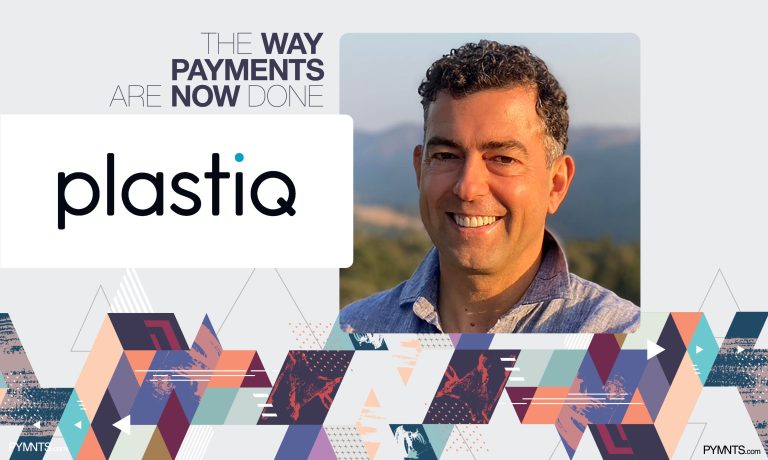
Stoyan Kenderov, chief product and technology officer for Plastiq, discusses how 2020 saw many manual, legacy payment and accounting practices fell by the wayside, with companies of all sizes suddenly embracing the promise of digital payments automation. Read more executives’ insights in “The Way Payments Are Now Done.”
In 2020, small businesses were scrambling, figuring out how they need to adapt to doing business remotely. From construction companies, manufacturers and wholesalers to the software platforms supporting these SMBs, businesses had to quickly retool to survive.
Office lockdowns and remote work protocols exposed how much small businesses had previously relied on physically receiving and processing vendor bills and client payments. Almost overnight, everybody realized they needed comprehensive digital methods to keep their cash flow running. For many businesses, paying suppliers quickly is inherently tied to their revenue stream, so paying quickly and communicating payment delivery with suppliers is paramount.
Despite a limited number of B2B payment solutions on the market, last year more and more businesses changed the way they pay and get paid by shifting into online payments and payment acceptance. Questions of cost versus benefits had to be answered. The majority of small businesses thought that their business models would never support online payments, even if their clients had to resort to credit cards to compensate for short-term cash shortages.
But in the last few years, the online payments market innovated and offered an incredible new dimension. A business could now pay with a credit card online, even if their vendor did not accept cards – and vice versa, could also get paid via credit card without any additional cost.
With less effort, less expense, faster receipt of payments and more cash flow flexibility on both sides, 2020 became a year when many manual, legacy payment and accounting practices fell by the wayside, and companies of all sizes finally started embracing the promise of digital payments automation.
Plastiq led this movement by allowing SMBs to pay their suppliers and to get paid by customers in a simple platform that’s easy, fast, secure and reliable to use. It separates the funding source from the disbursement method, so if a construction company wants to pay for materials on their credit card but the vendor still wants to receive a paper check or wire, Plastiq makes that happen. To make it easier still, suppliers don’t even need to be signed up on Plastiq to get paid – although doing so unlocks numerous benefits at no additional cost.
When it comes to accepting payments, Plastiq gives each business a unique URL that can be used on digital invoices, sent by text or email, or hosted on their website. One click takes the customer to a payment page. Or they can use a single line of code and embed a seamless checkout experience in their own online order flow. For anyone accustomed to the status quo of waiting on payments or spending time tracking down those payments, Plastiq’s digital acceptance opened up a new world of far more efficient ways to operate.
Solutions that solve these SMB challenges existed prior to the pandemic, but they tended to be far too expensive or complicated for a typical small business. The millions of low-tech SMBs finally had a transformational solution for their new cash flow and payment automation challenges that had all the flexibility they needed, but with simplified workflows and integration capabilities.
Now we’re seeing many small businesses pay all their expenses by credit card, which helps them hold onto their cash, extend payment terms and improve cash flow. They can make high-volume payments without bank-like limits complicating their ability to pay. And they can even quickly pay overseas suppliers by card, locking in inventory, building trust with their critical vendors and oftentimes getting early-pay discounts.
We went a step further in accelerating this trend by enabling partners to offer these advanced payment capabilities to their customers right inside their own platforms. Plastiq Connect includes our set of APIs and tools that enable seamless integration of our novel B2B payment options. In as little as a few weeks, a partner can be up and running with everything Plastiq has to offer, all on their own sites.
The pandemic challenged SMBs in ways we’ve never experienced before. The ability to adapt became a pressing need. But by embracing that change and applying it to their old ways of paying and getting paid, those businesses that have adapted are successfully navigating the turmoil and thriving again.